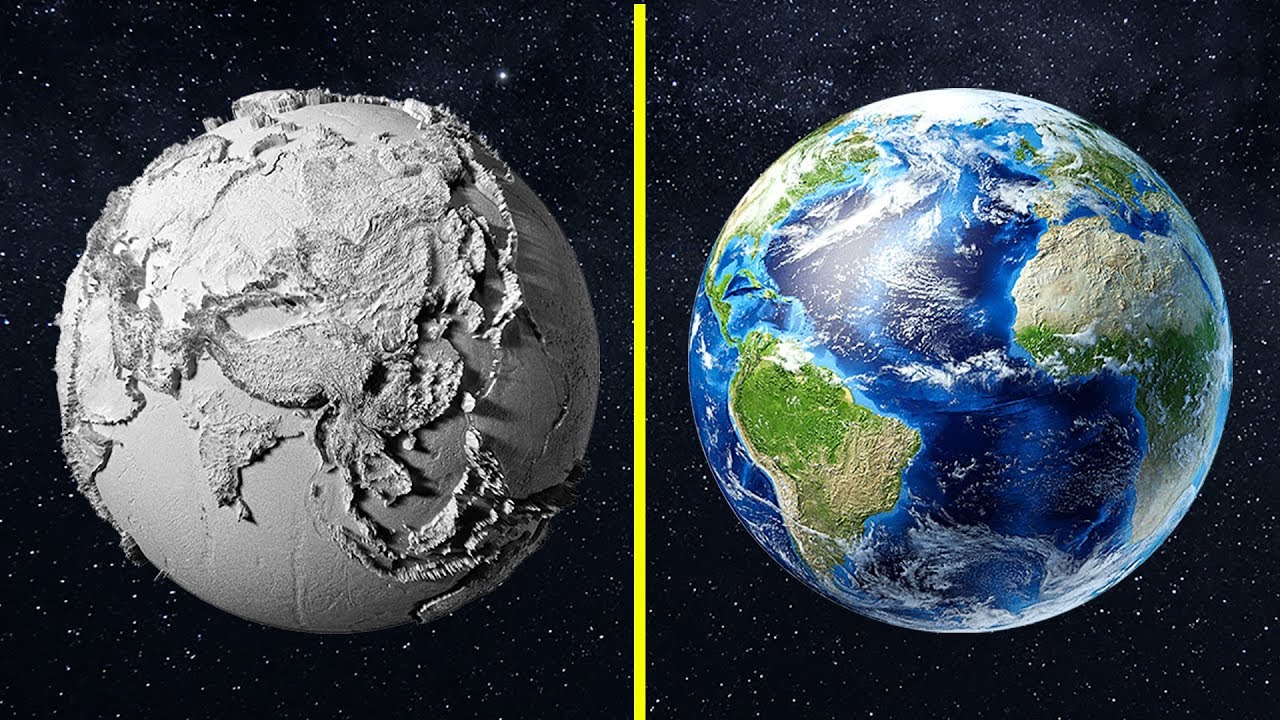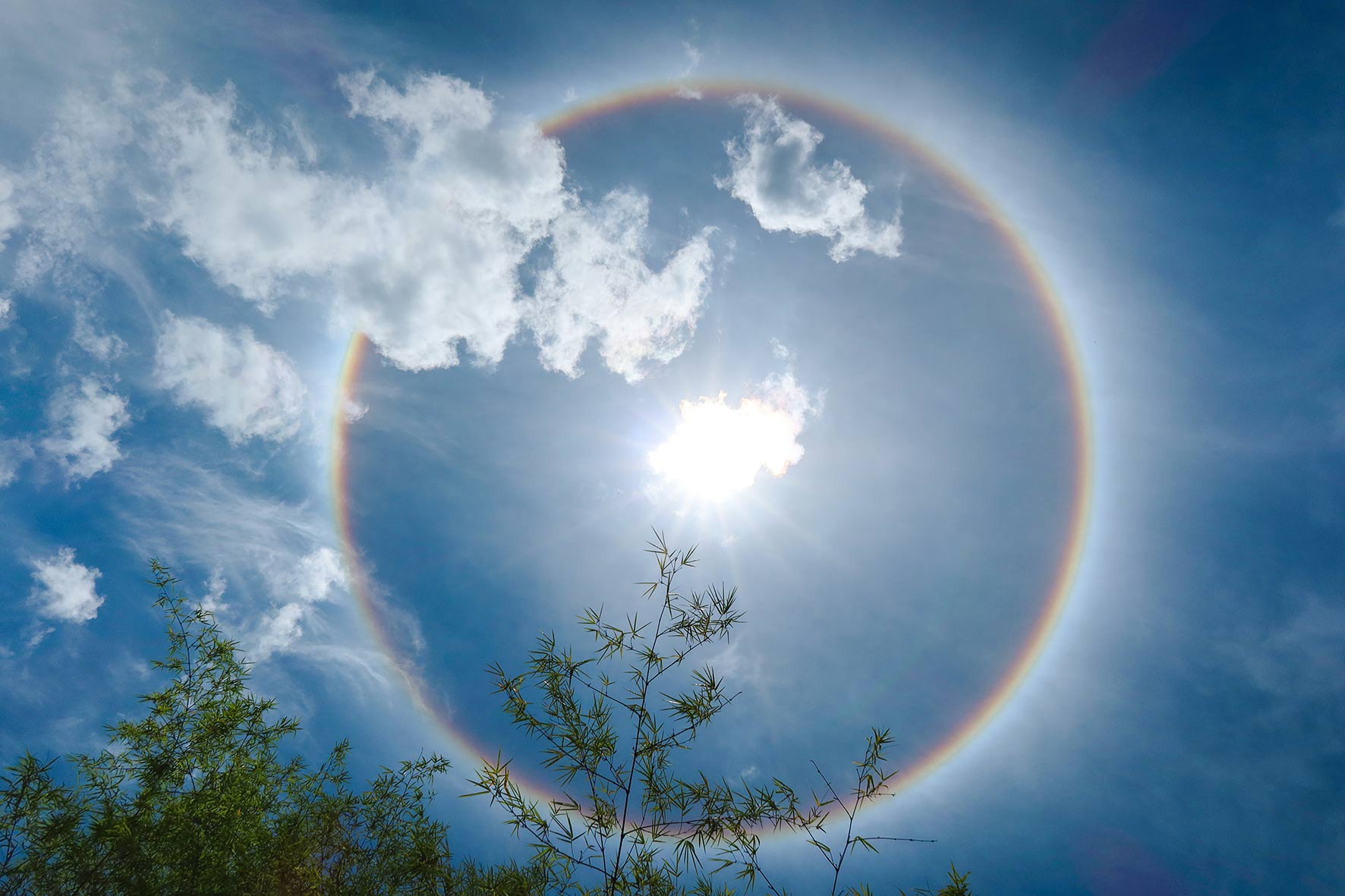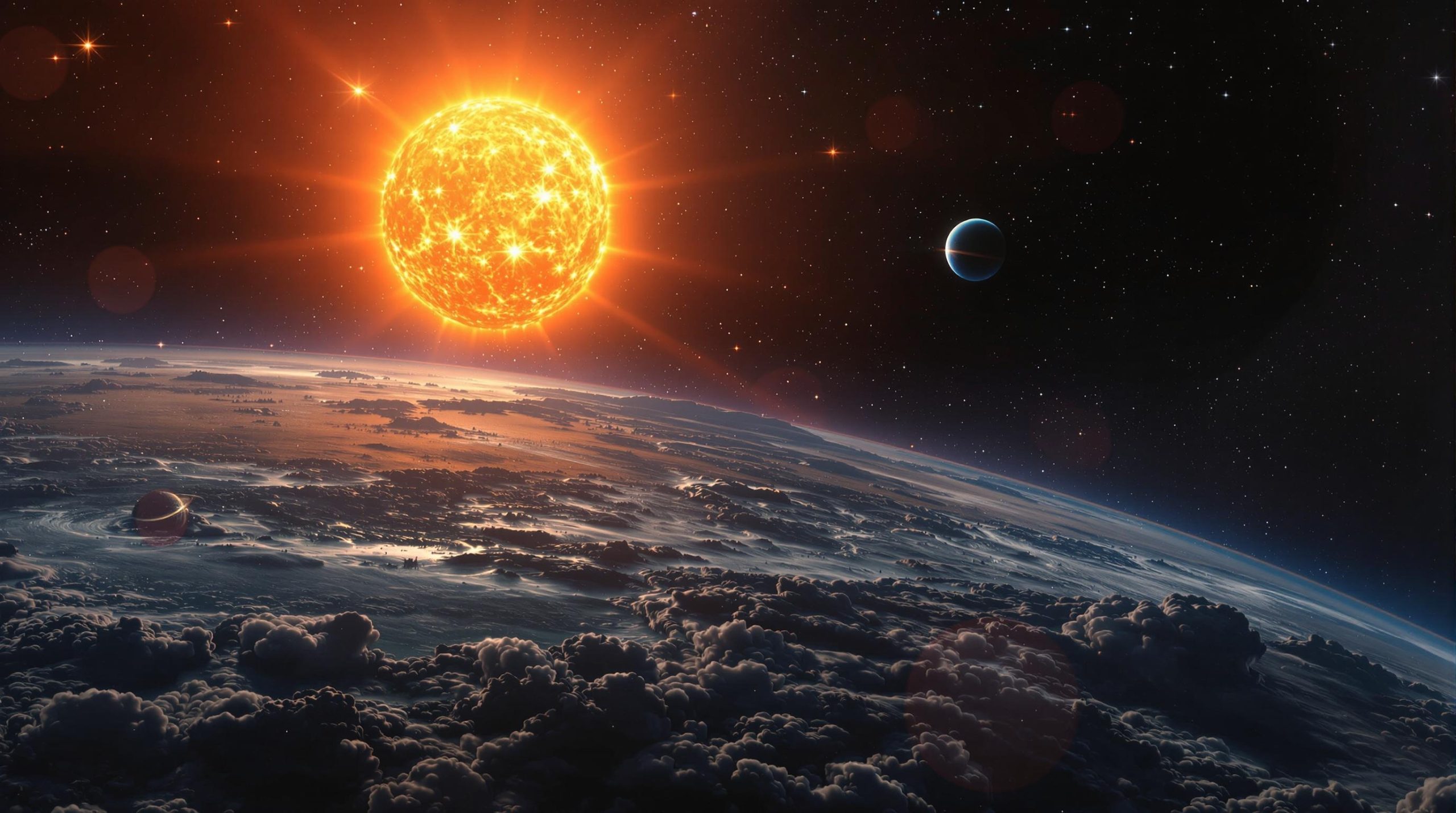Earth without the Sun can you imagine it ? The Sun is the heart of our solar system, providing the light and heat necessary for life on Earth. But have you ever wondered what would happen if the Sun suddenly vanished? While this scenario is purely hypothetical, exploring it reveals just how dependent our planet—and the entire solar system—is on this massive star. Let’s dive into the potential consequences of such an unimaginable event.
1. Immediate Effects: The First 8 Minutes of Earth without the Sun
Surprisingly, we wouldn’t know immediately if the Sun disappeared. Since light and gravitational forces both travel at the speed of light, it would take about 8 minutes and 20 seconds for Earth to feel the effects. During this brief window, everything would seem normal. The sky would still be bright, birds would be singing, and life would carry on obliviously—until the last rays of sunlight finally stopped reaching us.
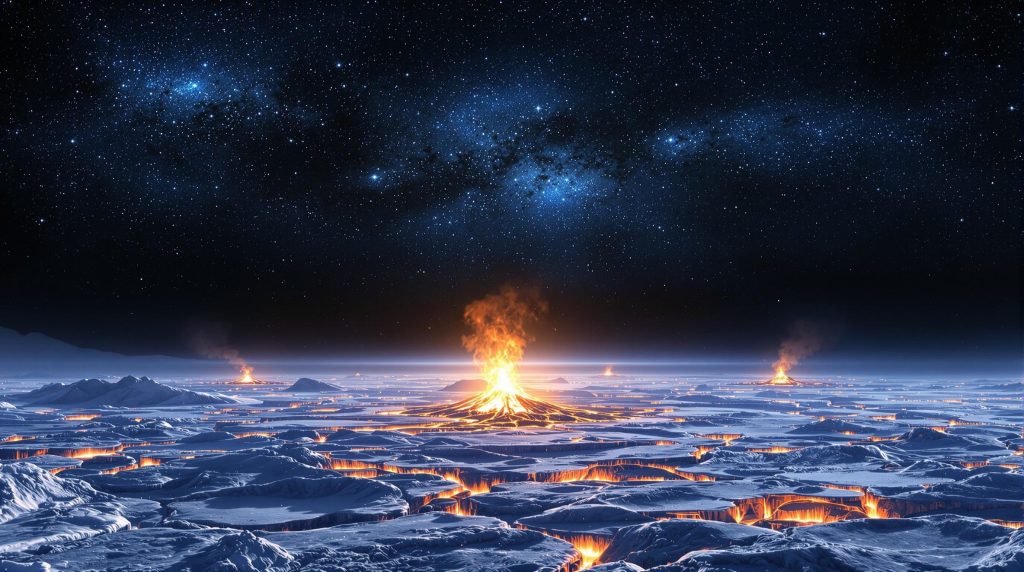
2. Plunged Into Darkness
Once those 8 minutes passed, the Earth would be plunged into complete darkness. Unlike nighttime, where the Moon reflects sunlight, there would be no light source at all. The stars would become immediately visible, and the Milky Way would glow brightly in the absence of light pollution. However, the lack of sunlight would quickly begin to affect both humans and ecosystems.
3. The Immediate Temperature Drop
Without the Sun’s warmth, Earth’s surface temperature would begin to plummet rapidly. Within a week, the average global temperature would fall below 0°F (-18°C). Within a year, it could drop to -100°F (-73°C). While humans might initially survive using artificial heating, most of Earth’s plant life, dependent on photosynthesis, would begin to die off, causing a collapse of the food chain.
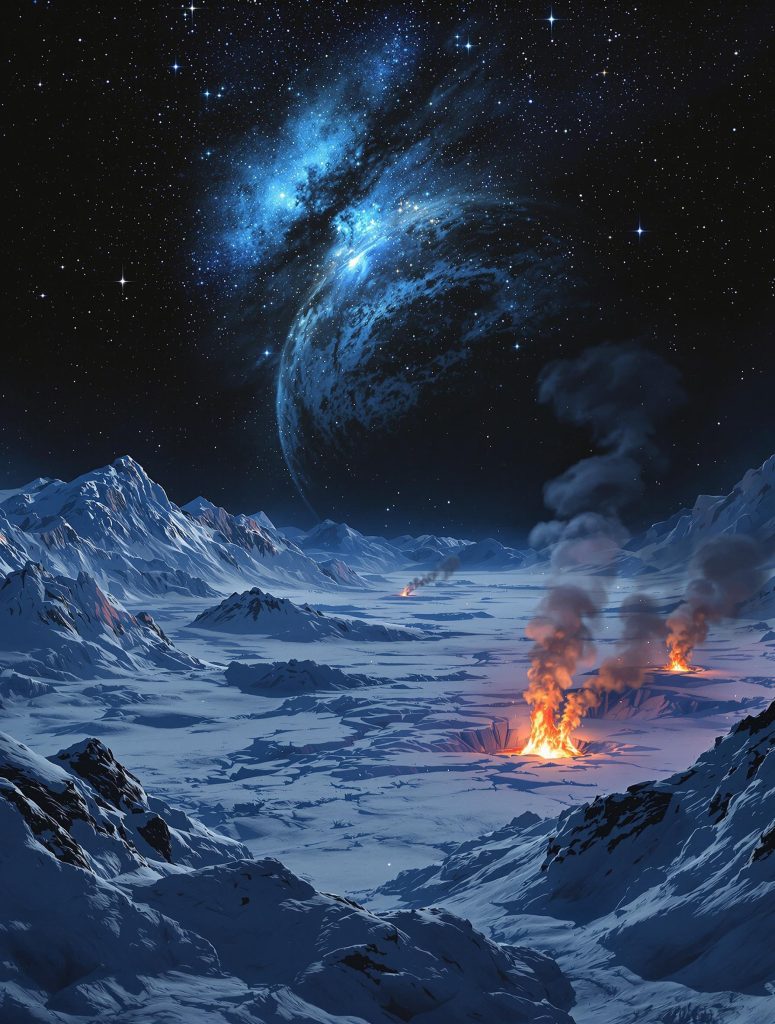
4. Gravitational Chaos: Earth’s Trajectory Changes
The Sun’s gravitational pull keeps Earth and all other planets in orbit. If the Sun disappeared, Earth would immediately stop orbiting and begin moving in a straight line into space at its current velocity of 67,000 miles per hour (107,000 km/h). This sudden shift could lead to catastrophic tidal events, earthquakes, and unpredictable environmental effects.
5. The Collapse of Ecosystems
Without sunlight, photosynthesis would cease, causing plants to die within days to weeks. As plants are the foundation of most food chains, herbivores would soon perish, followed by carnivores. Oceanic life would suffer as phytoplankton (the ocean’s primary producers) die off, leading to a collapse of marine ecosystems. Some deep-sea organisms that rely on hydrothermal vents might survive longer, but the vast majority of life on Earth would eventually succumb.
6. Human Survival: How Long Could We Last?
Humanity could survive for a short while using stored food, artificial light, and nuclear power. Underground cities or facilities, similar to those used for bunker survival scenarios, could provide temporary shelter from the cold. However, the long-term outlook is grim. Without a sustainable food source or natural heat, the human race would face massive depopulation within a few years.
You can read more about : Supernova vs Hypernova: What’s More Powerful?
7. What About the Solar System?
The disappearance of the Sun wouldn’t just affect Earth. The entire solar system would unravel.
- Planets: All planets would veer off their orbits and drift into interstellar space.
- Asteroids & Comets: Without the Sun’s gravity, the asteroid belt and distant Kuiper Belt objects would scatter chaotically, potentially colliding with each other.
- The Moon: Earth’s Moon would continue orbiting Earth for a while, but its path would eventually destabilize, possibly colliding with Earth or drifting away.
8. Could Anything Survive Long-Term?
While most life on Earth would perish, some extremophiles (microorganisms that thrive in extreme conditions) might survive for centuries. Deep-sea organisms near hydrothermal vents could persist, as they rely on Earth’s internal heat rather than sunlight. However, even these life forms would eventually die off as the planet cooled entirely.
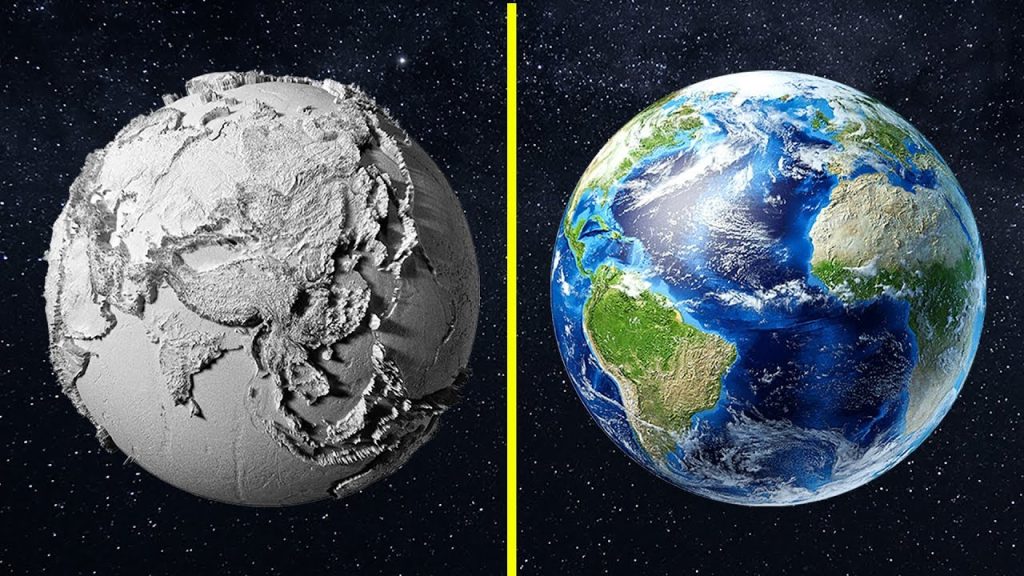
9. The Long-Term Fate of Earth without the Sun
Eventually, Earth would become a frozen, lifeless rock drifting through space. The atmosphere would condense and freeze, and the oceans would become solid ice. While the planet’s core would remain warm for billions of years, the surface would be inhospitable to any known life forms.
You can Read More about : The Challenges of Living on the Moon
Conclusion: The Sun Is Our Lifeline
The hypothetical disappearance of the Sun highlights just how fragile and dependent life on Earth is on this one celestial body. The Sun not only provides light and warmth but also holds the solar system together with its gravity. Without it, life as we know it would cease to exist.
While this is a fascinating thought experiment, the good news is that the Sun isn’t going anywhere anytime soon. Scientists estimate it has about 5 billion years left before it exhausts its nuclear fuel. So, we can safely enjoy its life-giving rays for many generations to come.
Earth without the Sun can humans would be survive?
References:
NASA Solar System Exploration – https://solarsystem.nasa.gov
“What If the Sun Disappeared?” by Science Channel – https://sciencechannel.com
“The Sun’s Life Cycle” by European Space Agency – https://esa.int
“The Impact of Solar Absence on Earth’s Ecosystem” by National Geographic – https://nationalgeographic.com
“Gravitational Effects of the Sun on the Solar System” by Space.com – https://space.com

